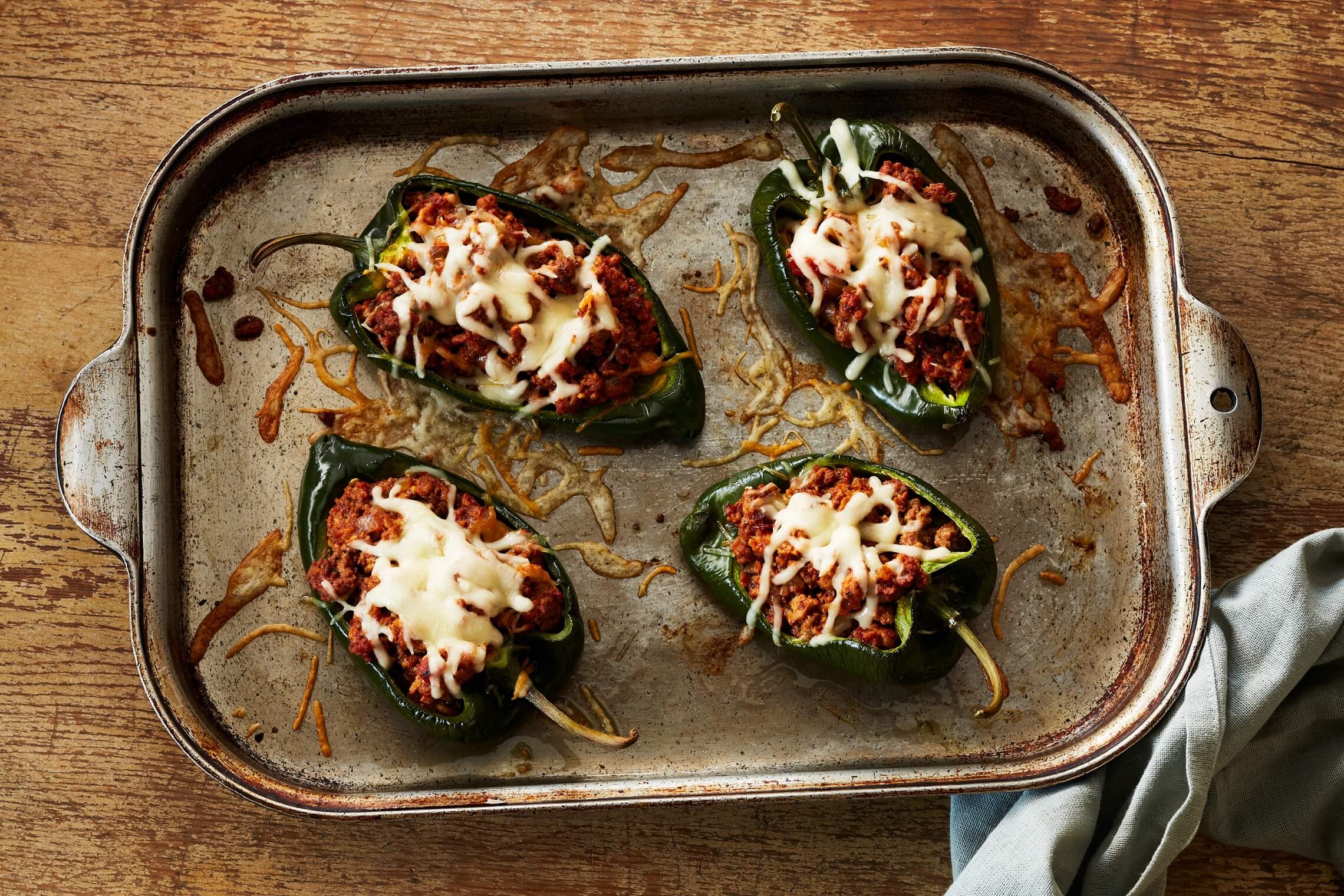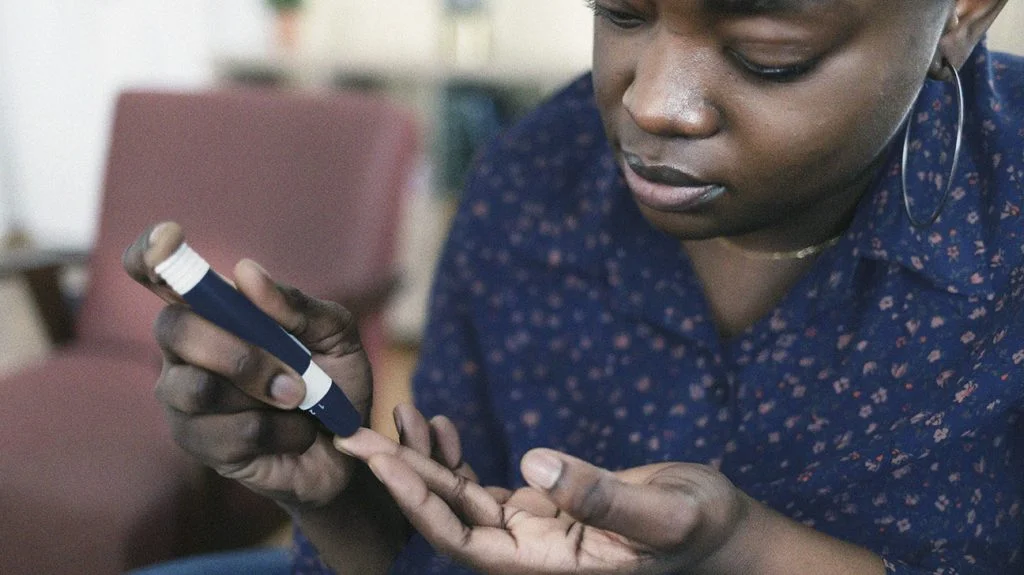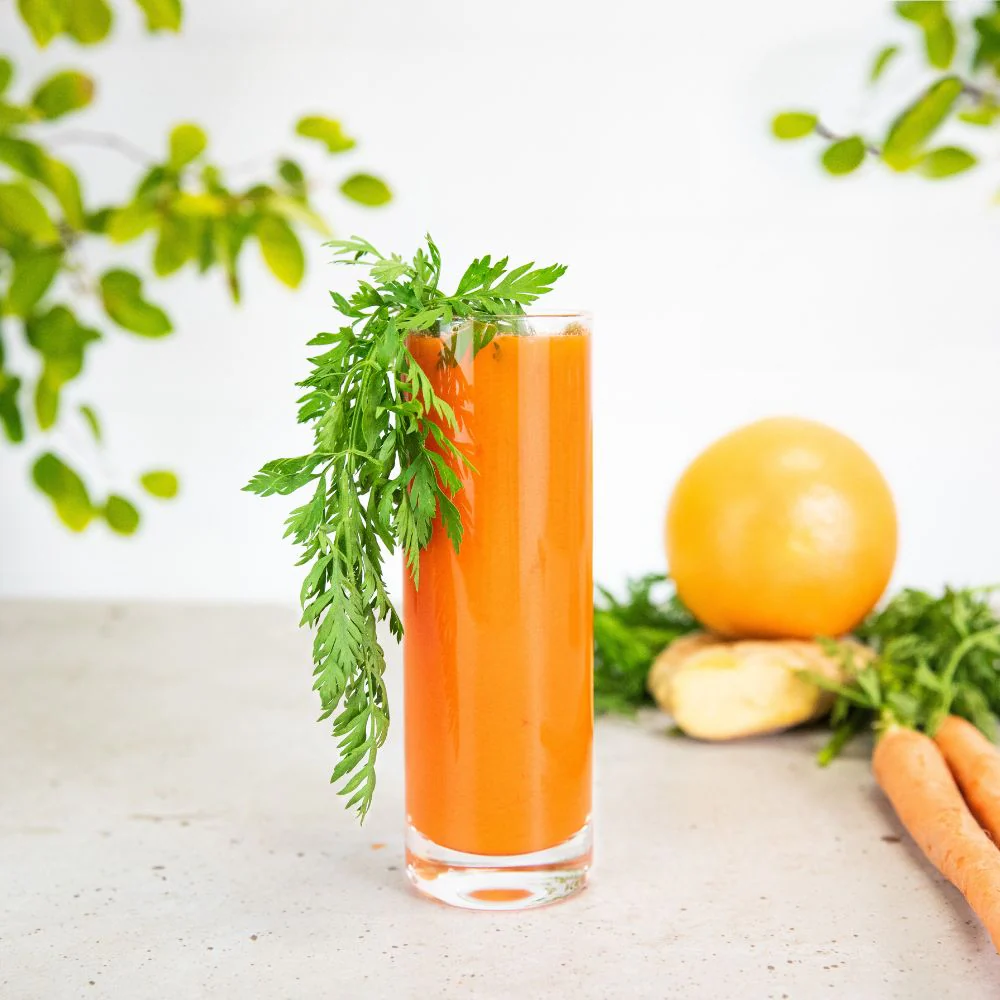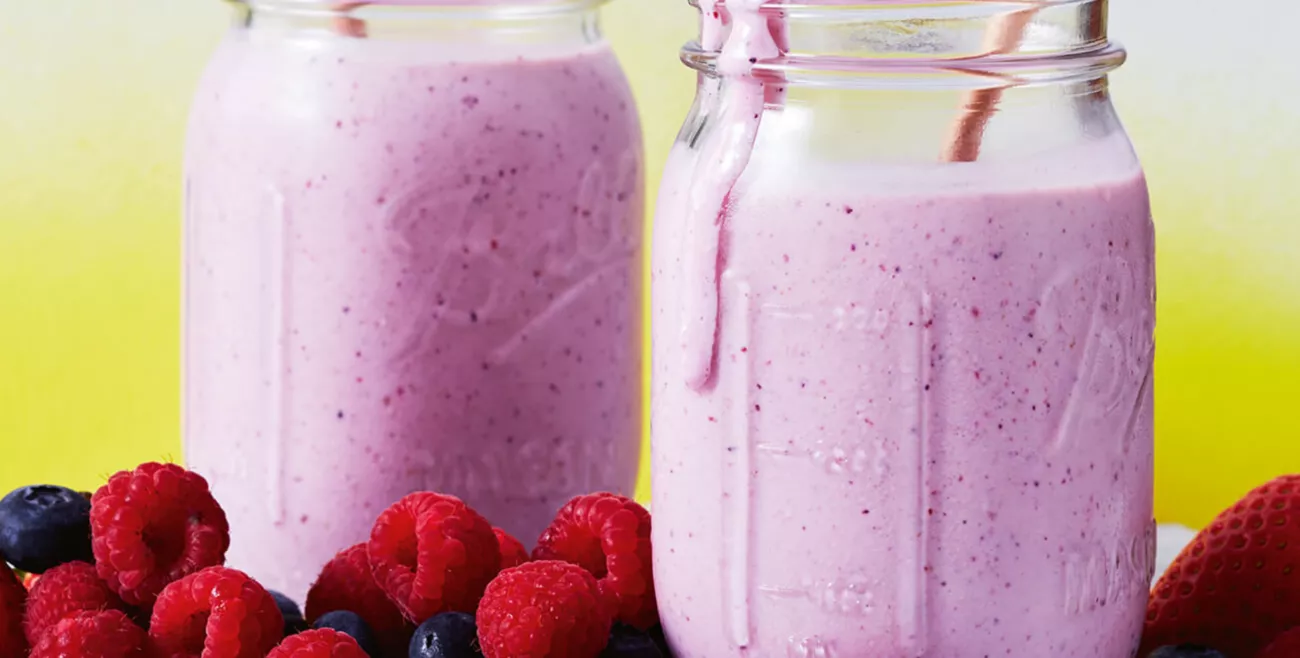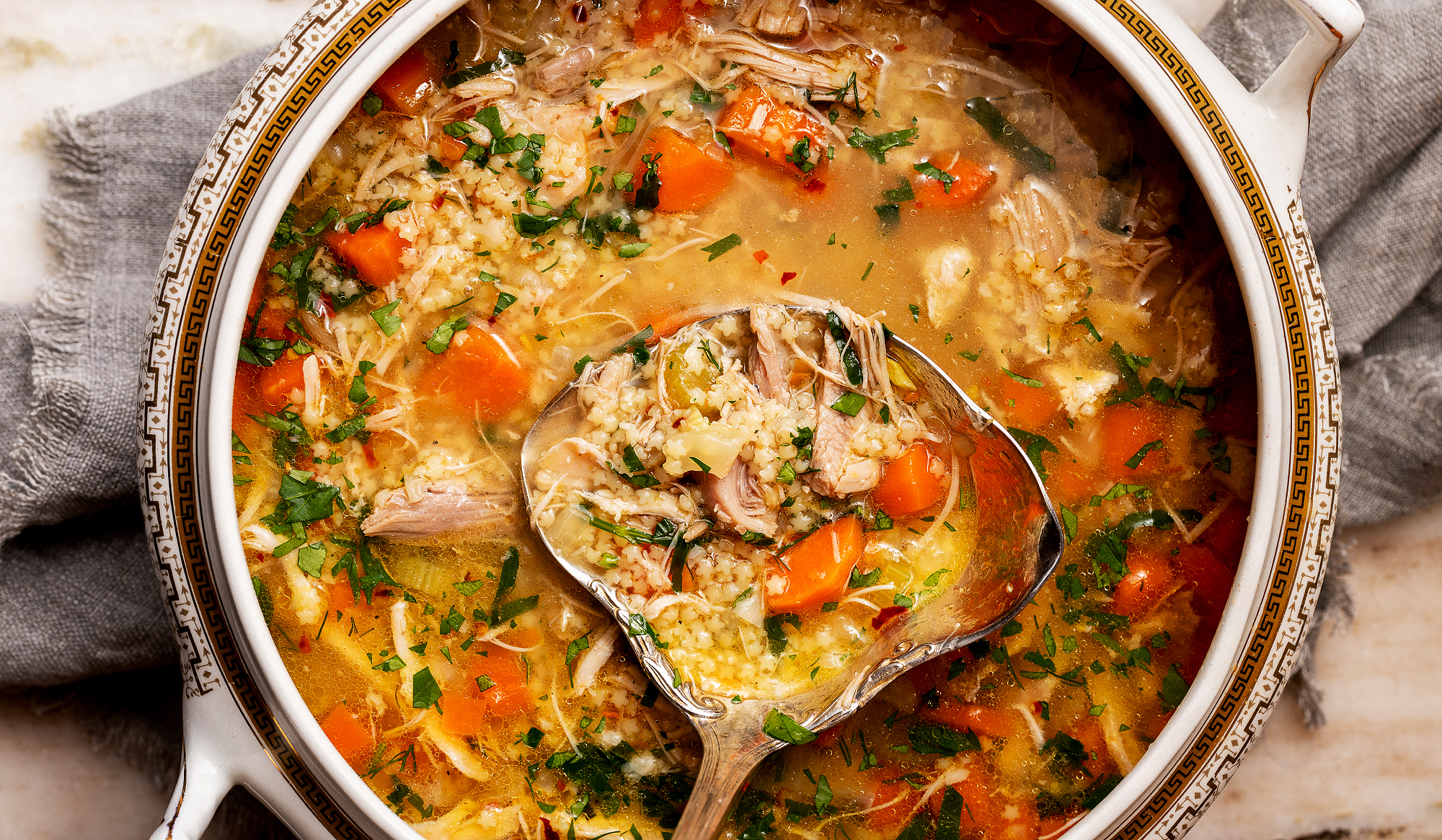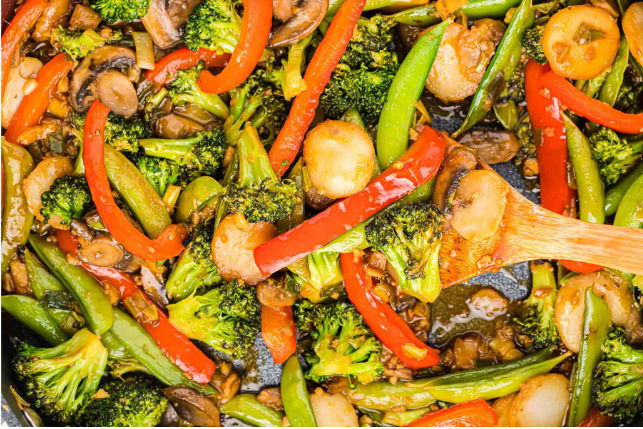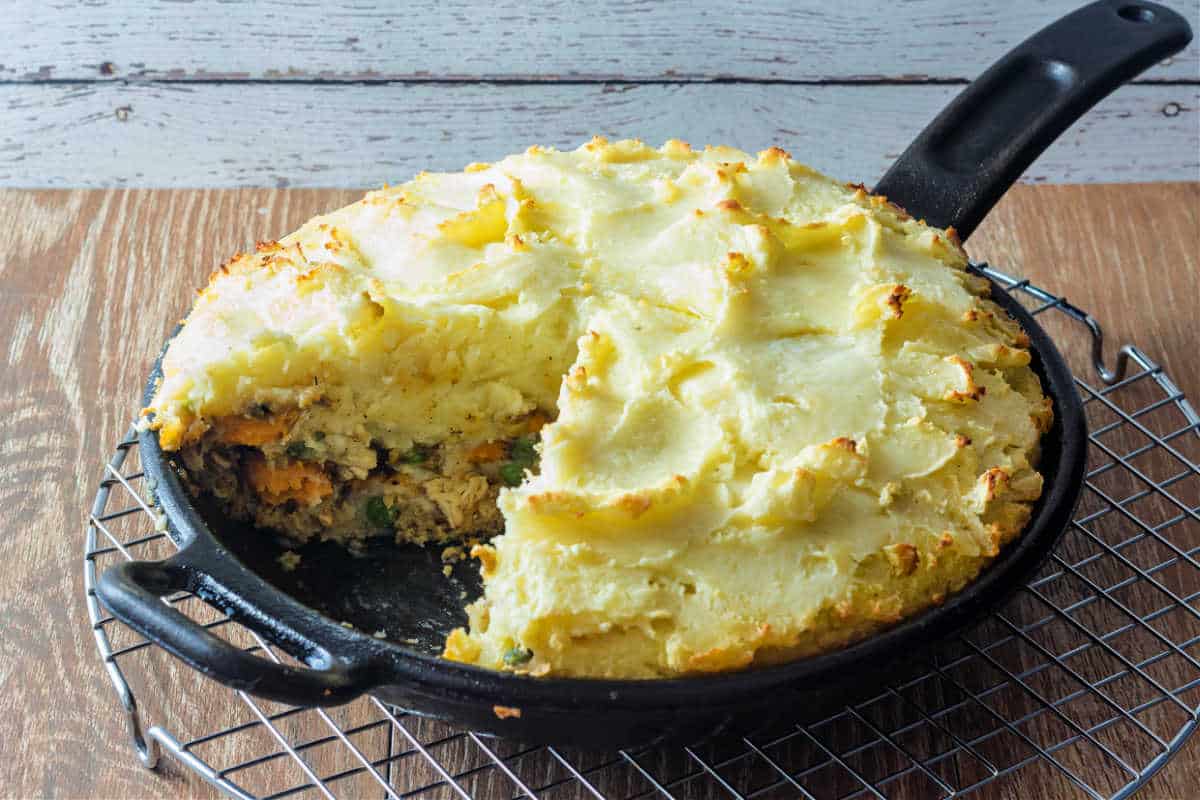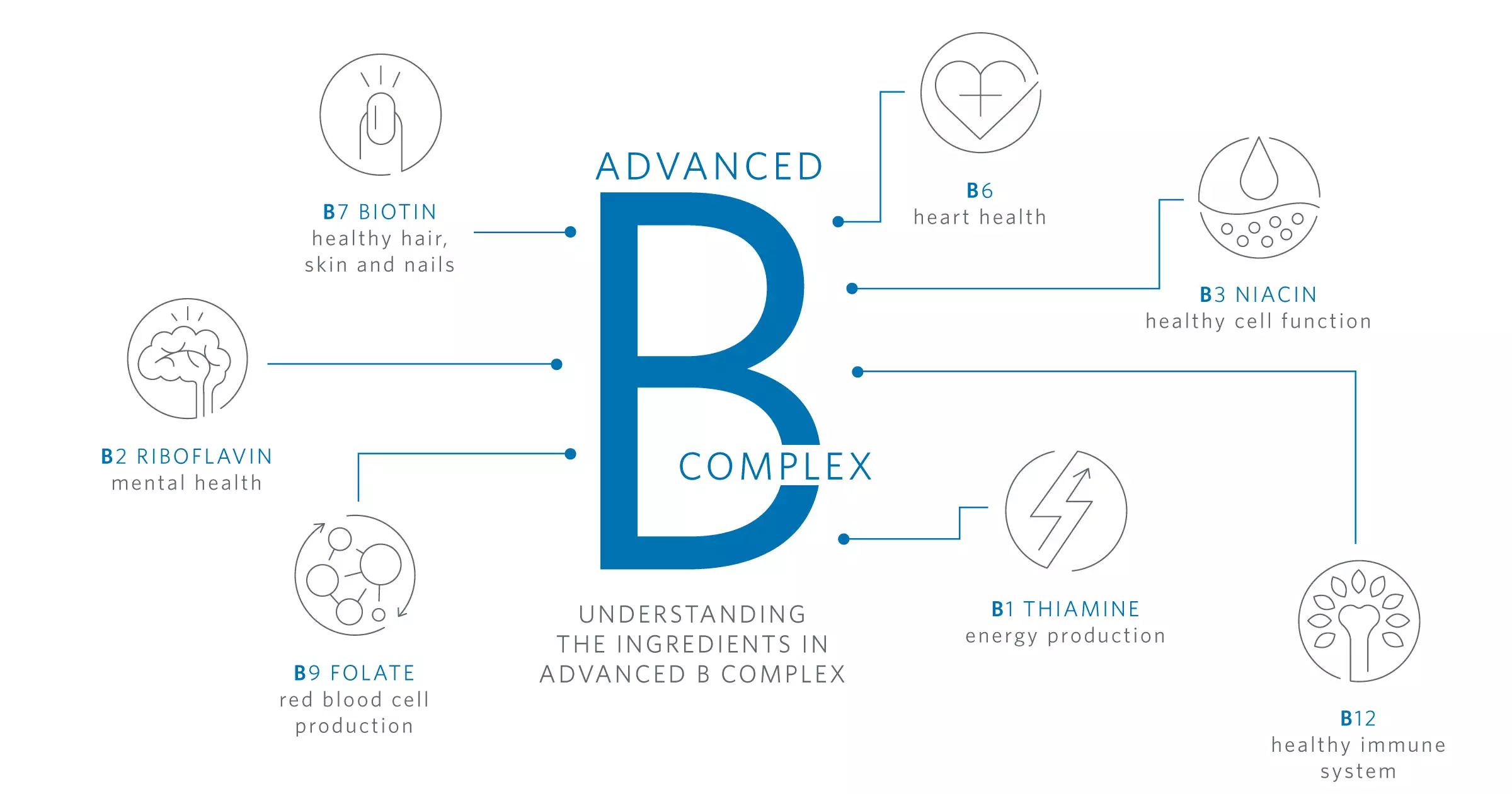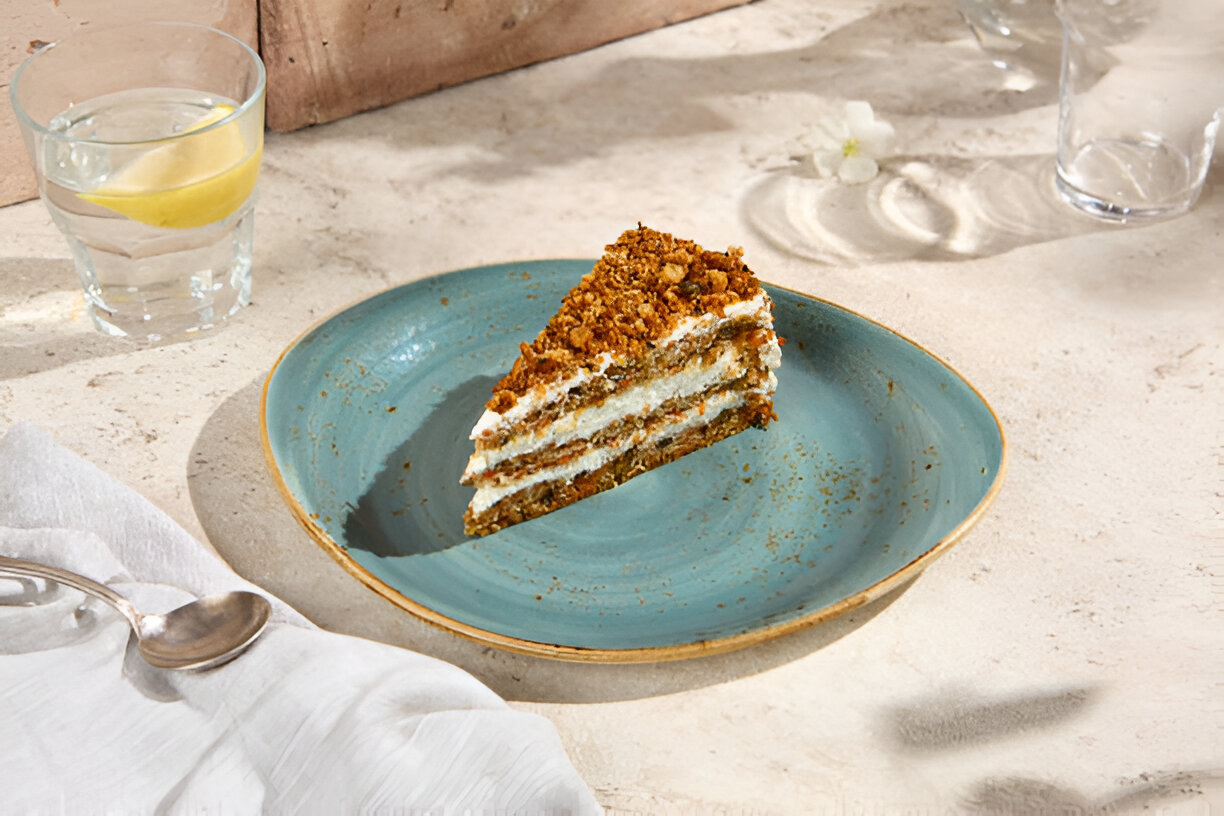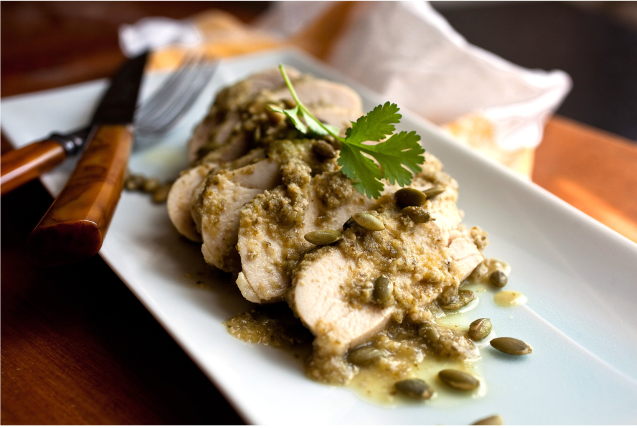In This Article
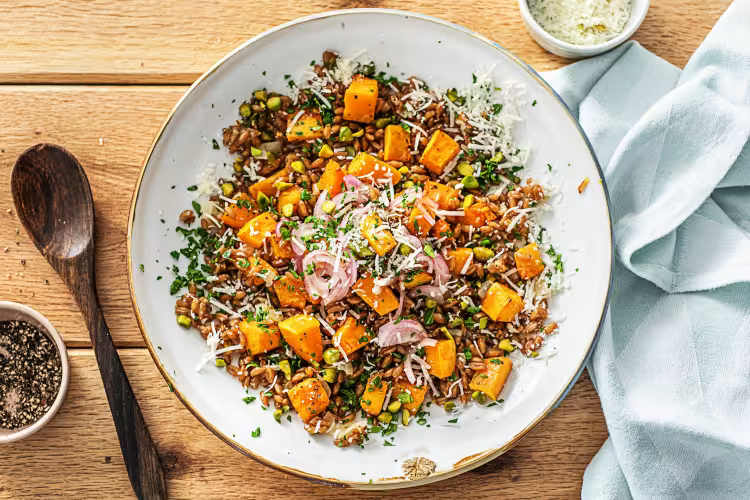
No offense to zucchini, but the health benefits of fall-harvest squashes far eclipse their summer cousins. Like all members of the gourd family (which includes pumpkin, melon, and cucumber), butternut squash is technically a fruit because it contains seeds. Cut into its pale, yellow-beige hard skin, though, and you’ll discover a vibrant flesh that’s much denser than that of its relatives.
Rich in phytonutrients and antioxidants — and succulent enough to warrant the moniker “butternut” — this graceful, hourglass-like gourd is the perfect addition to an autumn meal.
Recipes
- Lamb and Squash Tagine
- Gingered Butternut Squash Pie
Health Benefits
Low in fat, butternut squash delivers an ample dose of dietary fiber, making it an exceptionally heart-friendly choice. It provides significant amounts of potassium, important for bone health, and vitamin B6, essential for the proper functioning of both the nervous and immune systems. The folate content adds yet another boost to its heart-healthy reputation and helps guard against brain and spinal cord-related birth defects such as spina bifida.
Squash’s tangerine hue, however, indicates butternut’s most noteworthy health perk. The color signals an abundance of powerhouse nutrients known as carotenoids, shown to protect against heart disease. In particular, the gourd boasts very high levels of beta-carotene (which your body automatically converts to vitamin A), identified as a deterrent against breast cancer and age-related macular degeneration, as well as a supporter of healthy lung development in fetuses and newborns. What’s more, with only a 1-cup serving, you get nearly half the recommended daily dose of antioxidant-rich vitamin C.
As if this weren’t enough, butternut squash may have anti-inflammatory effects because of its high antioxidant content. Incorporating more of this hearty winter staple into your diet could help reduce risk of inflammation-related disorders such as rheumatoid arthritis and asthma.
How to Buy
Choose an unblemished fruit that feels heavy for its size with a matte, rather than glossy, skin. A shiny exterior indicates that the fruit was picked too early, and it won’t be as sweet as a fully grown squash. Most winter squash is available late into the fall. Store whole butternut squash in a cool, dry place (not the refrigerator) with plenty of ventilation; it should keep for up to three months. Cut squash will stay fresh for up to a week, wrapped, in the fridge.
Cooking Tips
Butternut squash presents the home cook with incredibly easy culinary possibilities. You can just place it on a cookie sheet and bake in the oven for about an hour, or until you can pierce it with a sharp knife. Or remove the skin using a vegetable peeler and cut the flesh into chunks for steaming or sauteing. Once cooked, mash it, puree it for soup, fold it into a pasta or risotto dish, or simply savor your butternut squash as is.
Nutrition Breakdown
Per 1 cup cooked, approximately 205 grams
Calories: 82 kcal
Fat:0.2 g
Vitamin A:1,144 mcg = 163 percent* of DRI**
Vitamin B6:0.3 mg = 20 percent of DRI
Vitamin C:31 mg = 41 percent of DRI
Folate:39 mcg = 10 percent of DRI
Potassium:582 mg = 12 percent of DRI
Percentages are for women 31 to 50 years old who are not pregnant
** DRI, Dietary Reference Intake, is based on the National Academy of Sciences Dietary Reference Intakes, 1997 to 2004





